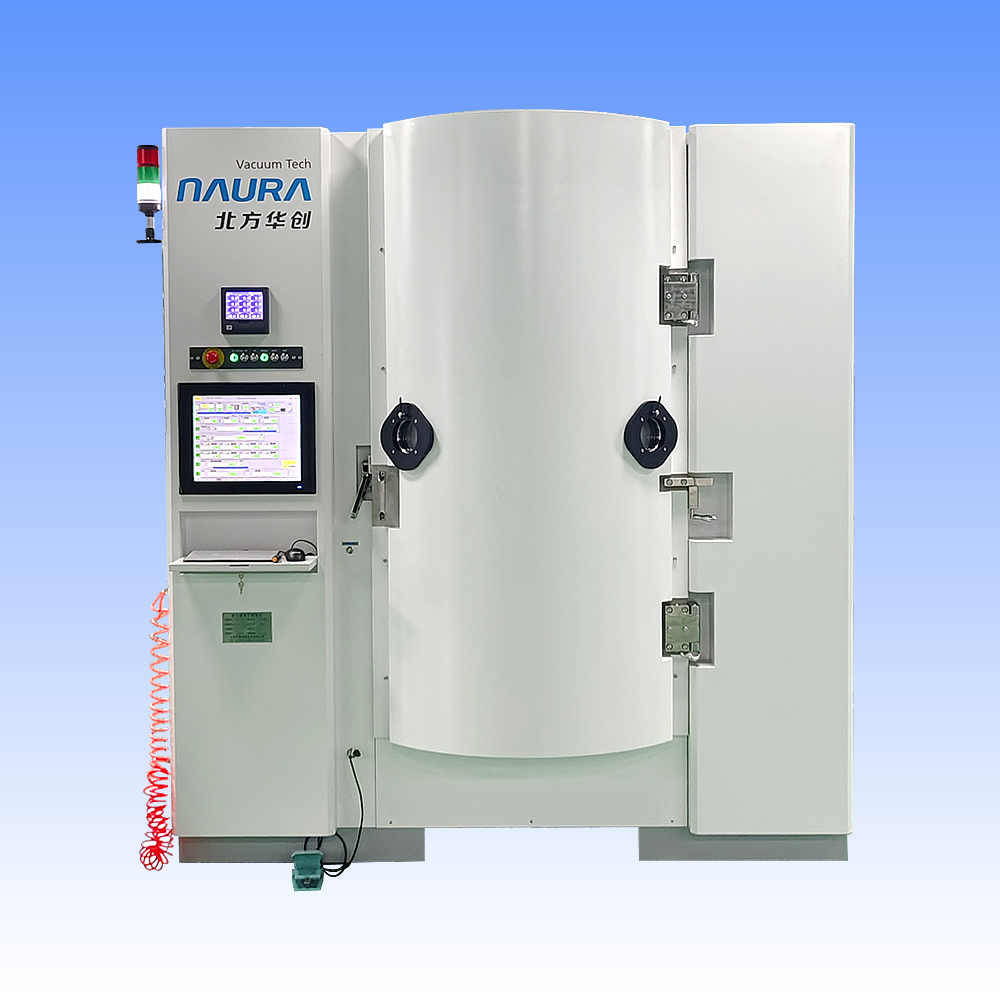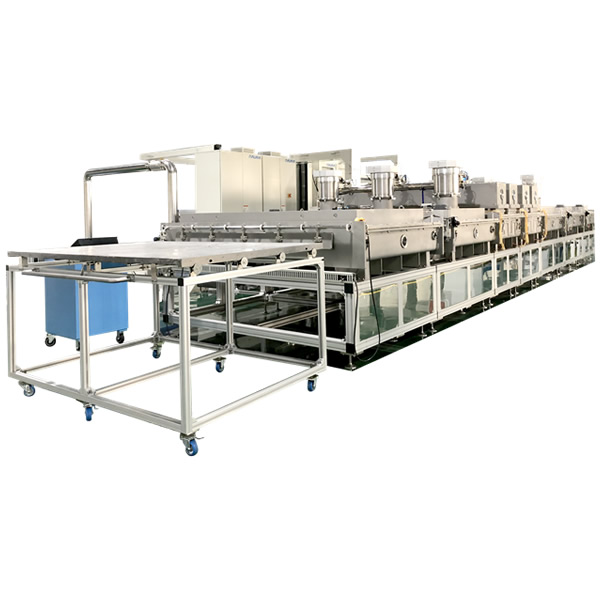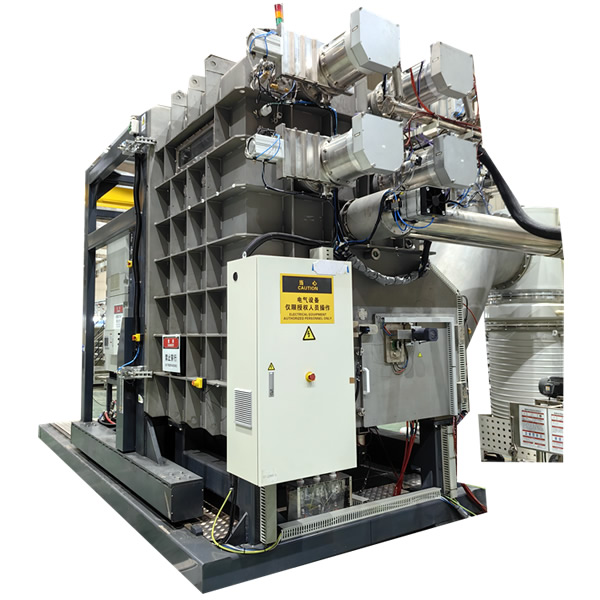关于润滑膜层请看他们怎么说(英文)
发布时间:2016-08-16

New Challenges for Industrial Tribological Coatings
Allan Matthews
School of Materials, The University of Manchester, United Kingdom
 Those developing and specifying tribological coatings for use in manufacturing and product applications are facing pressures from different directions to ensure that their coatings meet and even exceed end-user requirements. Whilst there are continuing technological breakthroughs pushing new coating and surface treatment developments, there are also regulatory, legislative and performance demands which act to pull-through developments in surface processes and coatings with particular attributes to meet the challenges faced by manufacturing industry. It is therefore important that coating companies and those developing coatings work together with these end-user companies and become integrated into the product development programs; this includes becoming embedded into the end-user’s in-house testing and validation systems. By operating with end-users in this way, coating companies can improve their coatings and processes and also ensure a more resilient future market for themselves. Examples are provided of end-user test programs for new coatings and the methodologies and philosophies driving the adoption of new coatings by major manufacturing organisations.
Those developing and specifying tribological coatings for use in manufacturing and product applications are facing pressures from different directions to ensure that their coatings meet and even exceed end-user requirements. Whilst there are continuing technological breakthroughs pushing new coating and surface treatment developments, there are also regulatory, legislative and performance demands which act to pull-through developments in surface processes and coatings with particular attributes to meet the challenges faced by manufacturing industry. It is therefore important that coating companies and those developing coatings work together with these end-user companies and become integrated into the product development programs; this includes becoming embedded into the end-user’s in-house testing and validation systems. By operating with end-users in this way, coating companies can improve their coatings and processes and also ensure a more resilient future market for themselves. Examples are provided of end-user test programs for new coatings and the methodologies and philosophies driving the adoption of new coatings by major manufacturing organisations.It's All About the Surface - The Role of Tribological Thin Film Coatings in Rolling Element Bearing Applications
Stephen P. Johnson
The Timken Company, North Canton, OH
 Over the past three decades, advancements in steel making and improvements in geometrical accuracy in manufacturing have shifted the initiation location of rolling element bearing damage from the subsurface to the near surface. In addition, modern application demands are now increasingly driving bearing operating conditions toward insufficient, or 'boundary' lubrication and hence, roller and raceway surface durability is a key life limiting factor. The ability to modify and control surface properties is playing an increasing role in the research and development of next generation bearing components. This paper presents an overview comparing traditional surface treatments with nanostructured ES® (Engineered Surface) coatings using advanced microscopy techniques and describes their behavior in high pressure tribological applications such as rolling element bearings. In particular, data from studies on a WC/a-C:H coating series developed by Timken are presented to demonstrate performance in a variety of challenging bearing damage scenarios including smearing, low λ (lambda) fatigue, debris-laden environments, and oil-off conditions. At a higher level, major global trends that impact industry today are reviewed, such as the need for increasing vehicle and machine efficiency and minimizing maintenance and operation expenses in energy applications such as wind turbines. Although bearing designers usually intend to keep components fully separated in steady operation with a lubricant film to avoid steel-on-steel contact, a common technical theme going forward is the design-stage acceptance that rolling element bearings may need to survive long periods in application with insufficient lubrication to maintain full surface separation. While technologies such as engineered thin film surface coatings have been applied in industry on bearings for more than 10 years, they are expected to be increasingly utilized to protect functional surfaces looking forward. As understanding of their process-property-performance relationships increases, alternative methods of preparing and utilizing these coatings are being explored as well.
Over the past three decades, advancements in steel making and improvements in geometrical accuracy in manufacturing have shifted the initiation location of rolling element bearing damage from the subsurface to the near surface. In addition, modern application demands are now increasingly driving bearing operating conditions toward insufficient, or 'boundary' lubrication and hence, roller and raceway surface durability is a key life limiting factor. The ability to modify and control surface properties is playing an increasing role in the research and development of next generation bearing components. This paper presents an overview comparing traditional surface treatments with nanostructured ES® (Engineered Surface) coatings using advanced microscopy techniques and describes their behavior in high pressure tribological applications such as rolling element bearings. In particular, data from studies on a WC/a-C:H coating series developed by Timken are presented to demonstrate performance in a variety of challenging bearing damage scenarios including smearing, low λ (lambda) fatigue, debris-laden environments, and oil-off conditions. At a higher level, major global trends that impact industry today are reviewed, such as the need for increasing vehicle and machine efficiency and minimizing maintenance and operation expenses in energy applications such as wind turbines. Although bearing designers usually intend to keep components fully separated in steady operation with a lubricant film to avoid steel-on-steel contact, a common technical theme going forward is the design-stage acceptance that rolling element bearings may need to survive long periods in application with insufficient lubrication to maintain full surface separation. While technologies such as engineered thin film surface coatings have been applied in industry on bearings for more than 10 years, they are expected to be increasingly utilized to protect functional surfaces looking forward. As understanding of their process-property-performance relationships increases, alternative methods of preparing and utilizing these coatings are being explored as well.声明:本站部分图片、文章来源于网络,版权归原作者所有,如有侵权,请点击这里联系本站删除。
| 返回列表 | 分享给朋友: |
- 上一篇:真空离子镀膜机之离子镀技术解析
- 下一篇:类金刚石镀膜——金属表面摩擦惊人的减…








 京公网安备 11010502053715号
京公网安备 11010502053715号